Home>Interior Design>How Can I Make My Living Room Look Stylish? Experts Pick Out Key Techniques
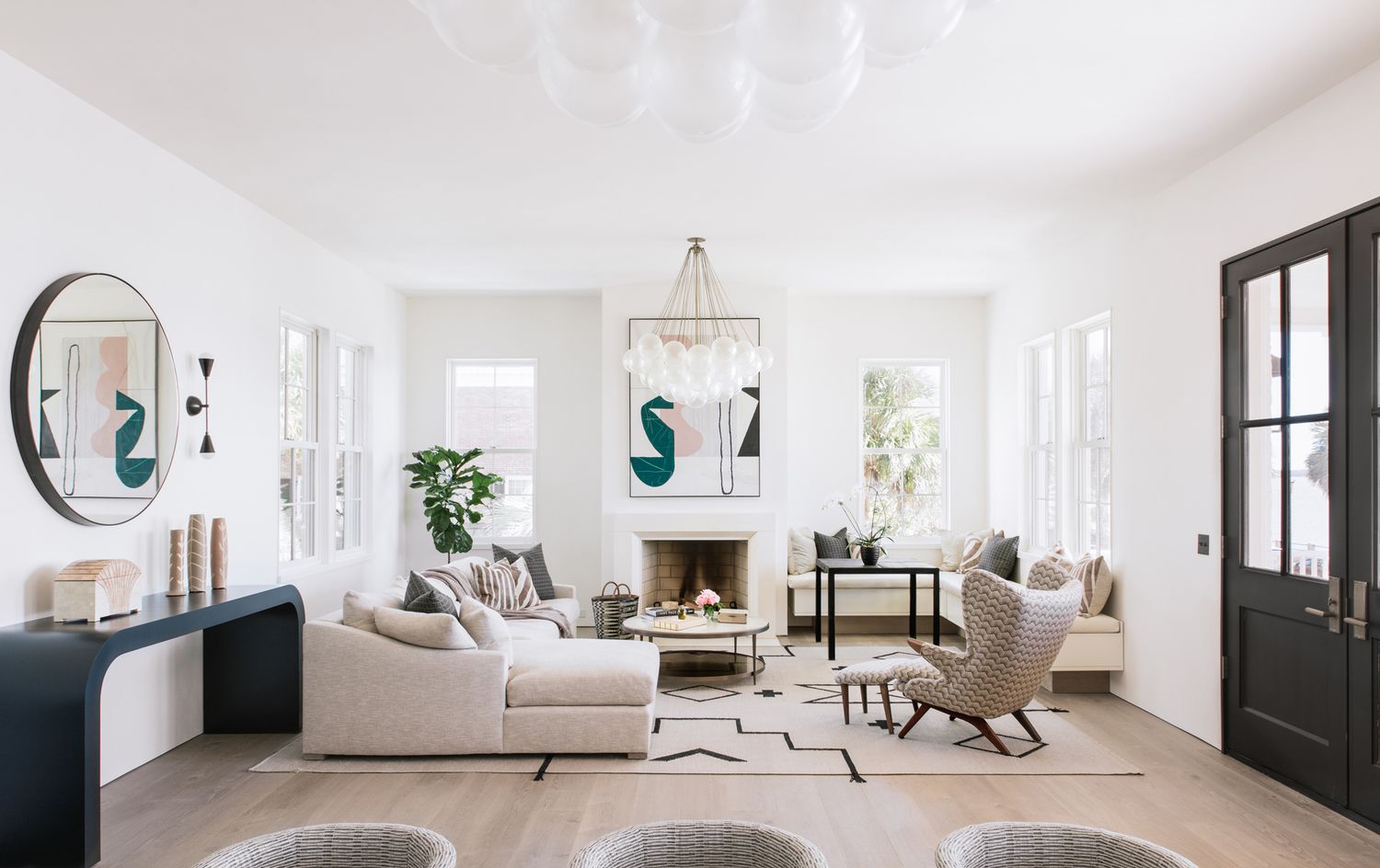

Interior Design
How Can I Make My Living Room Look Stylish? Experts Pick Out Key Techniques
Modified: November 2, 2024
Discover key interior design techniques recommended by experts to transform your living room into a stylish space. Learn how to elevate your decor and create a visually appealing ambiance.
(Many of the links in this article redirect to a specific reviewed product. Your purchase of these products through affiliate links helps to generate commission for Storables.com, at no extra cost. Learn more)
Introduction
When it comes to designing a living room, creating a stylish and visually appealing space is a top priority for many homeowners. A well-designed living room not only enhances the overall aesthetic of a home but also provides a welcoming and comfortable environment for family and friends to gather.
But how can you make your living room look stylish? In this article, we will explore key techniques and expert tips that can transform your living room into a chic and impressive space. From choosing the right furniture to incorporating lighting and decorative accents, we will cover all aspects that can elevate your living room’s style quotient.
So, if you’re ready to breathe a new life into your living room and impress your guests with your interior design prowess, let’s get started!
Key Takeaways:
- Elevate your living room’s style by choosing the right furniture, incorporating a thoughtfully curated color palette, and strategically incorporating lighting elements to create a warm and inviting atmosphere.
- Infuse personality into your living room with decorative accents, optimal furniture layout, and a balance of functionality and style. Make the most of walls and floor space to create a visually captivating and practical environment.
Choosing the Right Furniture
One of the most crucial aspects of designing a stylish living room is selecting the right furniture pieces. The furniture you choose not only serves a functional purpose but also sets the tone for the overall style and ambiance of the space.
Start by considering the size and layout of your living room. Measure the space to determine the appropriate size of furniture that will fit comfortably without overcrowding the room. Opt for sleek and streamlined furniture pieces for a modern and minimalist look, or go for more ornate and luxurious pieces for a classic or traditional style.
When it comes to selecting seating pieces such as sofas and chairs, prioritize comfort. Look for high-quality upholstery materials and cushioning that provide both support and softness. Consider the durability and stain-resistance of the fabric, especially if you have children or pets.
Additionally, think about the color and style of the furniture in relation to the overall design scheme of your living room. Neutral-toned furniture pieces can provide versatility and allow you to play with different accent colors through accessories and decor. Alternatively, bold and vibrant furniture can serve as a statement piece and become the focal point of the room.
Remember, it’s essential to strike a balance between style and functionality. Choose furniture that not only looks good but also serves your everyday needs. Storage solutions like coffee tables with built-in drawers or ottomans with hidden compartments can be both practical and stylish.
Lastly, don’t forget about the layout of the furniture. Consider the flow of the room and arrange the furniture in a way that promotes conversation and allows for easy movement. Experiment with different furniture placements until you find the arrangement that works best for your space.
By carefully selecting the right furniture pieces, you can set the foundation for a stylish and inviting living room that reflects your personal taste and enhances your overall living experience.
Selecting a Color Palette
The color palette you choose for your living room plays a significant role in creating a stylish and cohesive look. Colors have the power to evoke emotions and set the mood of a space, so it’s important to choose them wisely.
When selecting a color palette, consider the overall style and ambiance you want to achieve. Start by identifying a base color, which will be the main color in your living room. This can be a neutral shade like white, beige, or gray, which provides a timeless and versatile backdrop for your design scheme.
Next, choose a complementary color or two that will add depth and visual interest to your living room. These can be colors that are opposite on the color wheel, such as blue and orange or purple and yellow, or colors that are adjacent to each other, such as different shades of green. Play with different combinations to find the ones that resonate with your aesthetic preferences.
Consider the impact of different colors on the mood of the space. For a calming and serene atmosphere, opt for cool colors like blues and greens. If you want to create a vibrant and energetic ambiance, incorporate warm colors like reds and oranges. Earth tones like browns and beiges can create a cozy and natural feel.
Once you have selected your color palette, think about how to incorporate these colors into different elements of your living room. The walls, furniture, accessories, and decor can all be used to showcase your chosen colors. Paint the walls in your base color to establish a cohesive foundation. Then, layer in your complementary colors through accent walls, furniture upholstery, throw pillows, rugs, and curtains.
Remember to consider the lighting in your living room when selecting colors. Natural light can make colors appear differently throughout the day, so test out samples in various lighting conditions before making a final decision.
Keep in mind that trends come and go, so consider your personal preferences and the longevity of the color palette you choose. Neutral and timeless colors provide a versatile base, allowing you to easily update and refresh your living room’s style with seasonal accessories or accent colors.
By selecting a thoughtfully curated color palette, you can create a visually harmonious living room that reflects your style and creates the desired atmosphere for both relaxation and entertainment.
Incorporating Lighting Elements
Lighting is a crucial element in interior design that can greatly enhance the style and ambiance of a living room. Well-planned lighting can create a warm and inviting atmosphere while highlighting key features and focal points in the space.
When incorporating lighting elements into your living room, it’s important to consider both natural and artificial lighting sources. Natural light brings in a sense of freshness and can make a space feel more open and airy. Maximize the amount of natural light in your living room by keeping windows unobstructed and using light-colored window treatments that allow light to pass through.
In terms of artificial lighting, consider layering different types of lighting to achieve a well-balanced and versatile setup. Ambient lighting, such as overhead fixtures or recessed lights, provides general illumination and sets the overall mood of the room. Task lighting, such as table lamps or floor lamps, is essential for specific activities like reading or working on a laptop. Accent lighting, such as wall sconces or picture lights, can highlight artwork or architectural features.
When choosing light fixtures, pay attention to their design and how they contribute to the overall style of your living room. Whether you prefer modern, traditional, or eclectic aesthetics, there are countless options available to suit your personal taste. Consider the shape, material, and finish of the light fixtures to ensure they blend seamlessly with the rest of your decor.
Dimmer switches are also a valuable addition to your lighting setup as they allow you to adjust the intensity of the light according to different activities and moods. With dimmers, you can create a cozy and intimate ambiance for movie nights or dial up the brightness for hosting gatherings.
In addition to the placement and type of lighting, consider the color temperature of your light bulbs. Cool white light creates a more energizing and focused atmosphere, while warm white light generates a cozier and calmer ambiance. Experiment with different color temperatures to find the one that suits your living room’s style and creates the desired mood.
Lastly, don’t forget to incorporate lighting control systems that provide convenience and flexibility. Smart lighting technologies allow you to control your lights remotely, set up automated schedules, and even adjust the color and intensity of the light with a smartphone app or voice command.
By thoughtfully incorporating lighting elements into your living room, you can create a visually stunning and well-lit space that adds depth, dimension, and a touch of sophistication to your overall interior design.
Adding Decorative Accents
To make your living room truly stylish and unique, it’s essential to add decorative accents that reflect your personal taste and elevate the overall design. Decorative accents serve as the finishing touches that tie the room together and showcase your individual style.
Start by considering the style and theme of your living room. Whether you prefer a minimalist, bohemian, industrial, or farmhouse look, there are decorative accents available to suit your chosen aesthetic.
One of the easiest and most effective ways to add decorative accents is through the use of throw pillows and blankets. Mix and match different colors, patterns, and textures to create a layered and inviting look on your sofas or chairs. These accents not only provide extra comfort but also serve as an opportunity to introduce pops of color and interesting patterns.
Another way to enhance the style of your living room is through the use of wall art. Hang a series of framed photographs, paintings, or prints that resonate with your personal style and complement the color palette of the room. Gallery walls can create a stunning focal point and add visual interest to blank walls.
Incorporating plants and greenery is a natural and refreshing way to bring life into your living room. Select houseplants that thrive in indoor environments and complement the style of your room. Place them in decorative planters or stylish plant stands to add a touch of nature and texture to your space.
Don’t underestimate the power of small decorative objects placed strategically throughout your living room. Decorative vases, sculptures, candles, and books can all add personality and charm to your space. Group them together on coffee tables, shelves, or mantels to create visually pleasing vignettes.
Furthermore, pay attention to the window treatments in your living room. Curtains or blinds can provide privacy and control natural light while also serving as an opportunity to incorporate color and pattern into the design. Choose options that complement the overall style and color palette of your living room.
Experiment with different textures to add depth and visual interest to your living room’s design. Incorporate woven baskets, plush rugs, and textured upholstery to create a cozy and inviting atmosphere. Mix and match different textures to create a tactile and visually appealing space.
Remember, it’s important to strike a balance between adding decorative accents and avoiding clutter. Select a few carefully curated pieces that truly enhance the overall aesthetic of your living room rather than overcrowding the space.
By adding thoughtful and well-chosen decorative accents, you can inject personality and style into your living room, creating a space that is not only visually appealing but also reflects your unique taste and preferences.
Incorporate a mix of textures and patterns in your living room decor to add visual interest and depth. This can include a variety of fabrics, such as velvet, linen, and leather, as well as different patterns like stripes, florals, and geometric designs.
Arranging Furniture for Optimal Layout
The way you arrange your furniture can greatly impact the functionality, flow, and overall style of your living room. A well-planned furniture layout not only maximizes the use of space but also creates a harmonious and inviting atmosphere.
Start by considering the focal point of your living room. This could be a fireplace, a large window with a beautiful view, or the entertainment center. Orient your furniture to highlight this focal point and create a natural gathering area. Position your sofa facing the focal point and arrange additional seating around it, ensuring that everyone has a clear view.
Next, think about traffic flow. Allow ample space for people to move around the room without obstruction. Avoid placing furniture in a way that creates a bottleneck or makes it difficult to navigate from one area to another. Consider the main entrances and exits, and leave clear pathways to ensure smooth movement.
When arranging seating, create conversation areas by grouping furniture together in a comfortable and inviting arrangement. Place chairs and sofas facing each other to promote interaction and create an intimate setting. Consider incorporating a coffee table or ottoman in the center to serve as a gathering spot for drinks or snacks.
If you have a smaller living room, consider using multi-functional furniture to maximize your space. Opt for a sofa bed or a sectional sofa with built-in storage to provide seating, sleeping, and organization solutions in one piece. This will allow you to make the most of your square footage without sacrificing style or functionality.
Additionally, pay attention to the scale and proportion of your furniture in relation to the size of the room. Oversized furniture can overwhelm a small space, while too many small pieces can make a large room feel cluttered. Aim for a balance that allows each piece to breathe and create a visually pleasing composition.
Don’t forget about the importance of creating balance and symmetry. Arrange furniture in a way that creates a sense of equilibrium. If you have a large sofa on one side of the room, balance it out with a pair of chairs or a console table on the other side.
Consider the use of area rugs to anchor your furniture arrangements and define different zones within your living room. Place the front legs of your seating on the rug to visually connect the pieces and create a cohesive look.
Lastly, don’t hesitate to experiment and rearrange your furniture until you find the layout that works best for your living room. It’s okay to try different arrangements and make adjustments as needed to find the optimal flow and style.
By thoughtfully arranging your furniture, you can create a living room that is not only visually appealing but also functional and comfortable for both everyday use and entertaining guests.
Utilizing Walls and Floor Space Effectively
When it comes to designing a stylish living room, it’s essential to make the most of every inch of available space. Utilizing walls and floor space effectively can not only optimize functionality but also enhance the overall aesthetic of your living room.
Start by considering the walls. Blank walls provide a perfect canvas for adding visual interest and creating a cohesive design. Hang artwork, mirrors, or decorative wall panels to add personality and texture. Choose pieces that complement the style and color scheme of your living room and consider the scale and proportion in relation to your wall size.
Shelves are another excellent way to utilize wall space effectively. Install floating shelves or wall-mounted bookcases to display decorative objects, books, and keepsakes. This not only adds storage but also creates an opportunity to showcase your personal style. Arrange items in an aesthetically pleasing manner, incorporating a mix of books, artwork, plants, and other decorative accents.
Consider the vertical space in your living room by incorporating floor-to-ceiling curtains or drapes. This not only adds elegance and softness to the room but also creates the illusion of height and enhances the overall visual appeal. Opt for curtains in a fabric and color that complements your existing decor.
Make use of the floor space by selecting furniture with built-in storage solutions. Coffee tables with shelves or drawers, ottomans with hidden storage compartments, and TV stands with cabinets can all provide valuable space to organize and hide clutter.
Add functionality to your living room by incorporating versatile furniture pieces. For example, select a media console that doubles as a display cabinet or a side table with extra storage compartments. This allows you to utilize the furniture for both its aesthetic appeal and practical purposes.
If your living room has limited space, consider using wall-mounted or floating furniture options. Wall-mounted shelves, desks, and entertainment units create a streamlined and open look while saving valuable floor space. This is particularly beneficial for small living rooms or apartments.
Lastly, don’t forget to consider the lighting fixtures on your walls and floor. Wall sconces, wall-mounted reading lights, and floor lamps not only provide functional lighting but also serve as decorative accents. Select fixtures that complement the style of your living room while adding an additional layer of style and personality.
By effectively utilizing walls and floor space in your living room, you can create a well-organized, functional, and visually appealing space. This allows you to maximize the use of every inch while showcasing your personal style and creating a comfortable environment for both everyday living and entertaining.
Incorporating Textures and Patterns
When it comes to designing a stylish living room, incorporating textures and patterns is key to adding visual interest and depth to the space. Textures and patterns not only enhance the overall aesthetic but also create a tactile and inviting atmosphere.
Start by selecting a variety of textures to incorporate into your living room design. Mixing different textures adds dimension and richness to the space. Consider using materials like velvet, leather, faux fur, woven fabrics, and natural fibers. Incorporate texture through furniture upholstery, throw pillows, blankets, rugs, and curtains.
Layering textures is a great way to create a cozy and inviting environment. For example, layer a plush rug over a hardwood or tiled floor, and drape a chunky knit throw blanket over a sofa or armchair. These elements not only add visual interest but also provide tactile comfort.
In addition to textures, patterns can add vitality and energy to your living room. When choosing patterns, consider the overall style and color scheme of your room. Whether you prefer floral, geometric, animal print, or striped patterns, find ones that complement your existing decor.
Don’t be afraid to mix and match patterns to create a vibrant and eclectic look. Pair smaller-scale patterns with larger-scale ones, and vary the intensity and complexity of the patterns for a balanced composition. To create a cohesive look, ensure that the patterns share a similar color palette or have coordinating colors.
When incorporating patterns, consider the size of your living room. In smaller spaces, opt for smaller-scale patterns that won’t overwhelm the room. Larger patterns can work well in open and spacious living rooms, allowing them to become a prominent focal point.
If you’re unsure about bold patterns, start with smaller accents like throw pillows or curtains before committing to larger pieces. Introducing patterns through accessories allows you to experiment and easily change them out if desired.
Remember, textures and patterns don’t have to be limited to textiles. Consider incorporating them through architectural elements or decorative items like textured wall panels, patterned wallpaper, textured ceiling tiles, or patterned tile flooring. These features can instantly transform the look and feel of your living room.
Lastly, avoid overcrowding your living room with too many textures and patterns. Strike a balance by combining textured and patterned elements with solid colors and neutrals. This ensures that the textures and patterns become focal points rather than overwhelming the space.
By incorporating a variety of textures and patterns into your living room design, you can create a visually captivating and inviting space that reflects your personal style. The combination of textures and patterns adds depth, visual interest, and a touch of personality to your overall interior design.
Balancing Functionality with Style
When designing a living room, it’s important to strike a balance between functionality and style. A well-designed living room should not only be visually appealing but also cater to your everyday needs and lifestyle. By carefully considering the functionality of the space, you can create a harmonious and practical environment without sacrificing style.
Start by identifying the primary functions of your living room. Is it a space for relaxation and entertainment, or does it also need to serve as a home office or play area for children? Understanding your specific needs and requirements will help you make informed decisions when choosing furniture, storage solutions, and layout.
Functionality begins with selecting furniture pieces that are not only aesthetically pleasing but also serve a purpose. Consider the layout and arrangement of your seating to facilitate conversation and create comfortable seating areas. Opt for furniture with built-in storage options to keep your living room organized and clutter-free.
Storage is essential for maintaining a functional living room. Invest in furniture pieces like TV stands, bookcases, or sideboards that provide ample storage for media equipment, books, and other items. Consider incorporating storage solutions that can be hidden or integrated seamlessly into the overall design to maintain a clean and cohesive look.
Think about the needs of your household when choosing materials and finishes for your living room. If you have young children or pets, opt for fabrics and materials that are durable, stain-resistant, and easy to clean. Look for furniture with removable and washable covers or consider using protective coatings for surfaces that are susceptible to wear and tear.
Consider the lighting in your living room and how it can enhance functionality. Incorporate task lighting near reading areas or workspaces, ensuring that you have sufficient light for specific activities. Install dimmer switches or use lamps with adjustable brightness to create versatile lighting options for different moods and occasions.
When it comes to selecting decor and accents, consider their practicality as well. Choose decorative accessories that not only add style but also serve a purpose. For example, select decorative storage baskets or trays that can be used to keep remote controls, magazines, or other small items organized.
Remember, functionality doesn’t mean sacrificing style. Look for furniture and decor pieces that seamlessly integrate with your chosen design aesthetic. Explore different styles, colors, and materials to find pieces that reflect your personal taste while still fulfilling your needs.
Regularly reassess the functionality of your living room as your needs may change over time. As your lifestyle evolves, adapt the space to accommodate new requirements and continue to prioritize functionality in your design choices.
By finding the right balance between functionality and style, you can create a living room that not only showcases your personal style and aesthetic preferences but also enhances your everyday living experience.
Read more: How Can I Make My Small Room Look Expensive?
Conclusion
Designing a stylish living room is an exciting journey that allows you to express your creativity and create a space that reflects your personal style and taste. By incorporating key techniques and expert tips, you can transform your living room into a chic and impressive space that will leave a lasting impression on your guests.
Choosing the right furniture sets the foundation for a stylish living room. Consider the size, style, and functionality of the furniture to create a harmonious and inviting space. Select a color palette that resonates with your aesthetic preferences and sets the desired mood. Incorporate lighting elements strategically to create a warm and inviting atmosphere while highlighting key features.
Adding decorative accents brings personality and charm to your living room. Experiment with textures, patterns, and accessories to create a visually captivating and tactile environment. Arrange furniture for optimal layout, considering the flow of the room and creating conversation areas. Make the most of walls and floor space by incorporating storage solutions and decorative elements.
Lastly, remember to balance functionality with style. Prioritize the needs of your household while making design choices. Consider the functionality of furniture, storage options, and lighting to create a practical yet stylish living room. Regularly reassess the space to adapt to changing needs and continue to prioritize functionality without compromising on style.
With these techniques and tips in mind, you can design a living room that is not only visually stunning but also caters to your everyday needs. Enjoy the process of creating a unique and stylish living room that will become the heart of your home, a space where you can relax, entertain, and make lasting memories with your loved ones.
Frequently Asked Questions about How Can I Make My Living Room Look Stylish? Experts Pick Out Key Techniques
Was this page helpful?
At Storables.com, we guarantee accurate and reliable information. Our content, validated by Expert Board Contributors, is crafted following stringent Editorial Policies. We're committed to providing you with well-researched, expert-backed insights for all your informational needs.
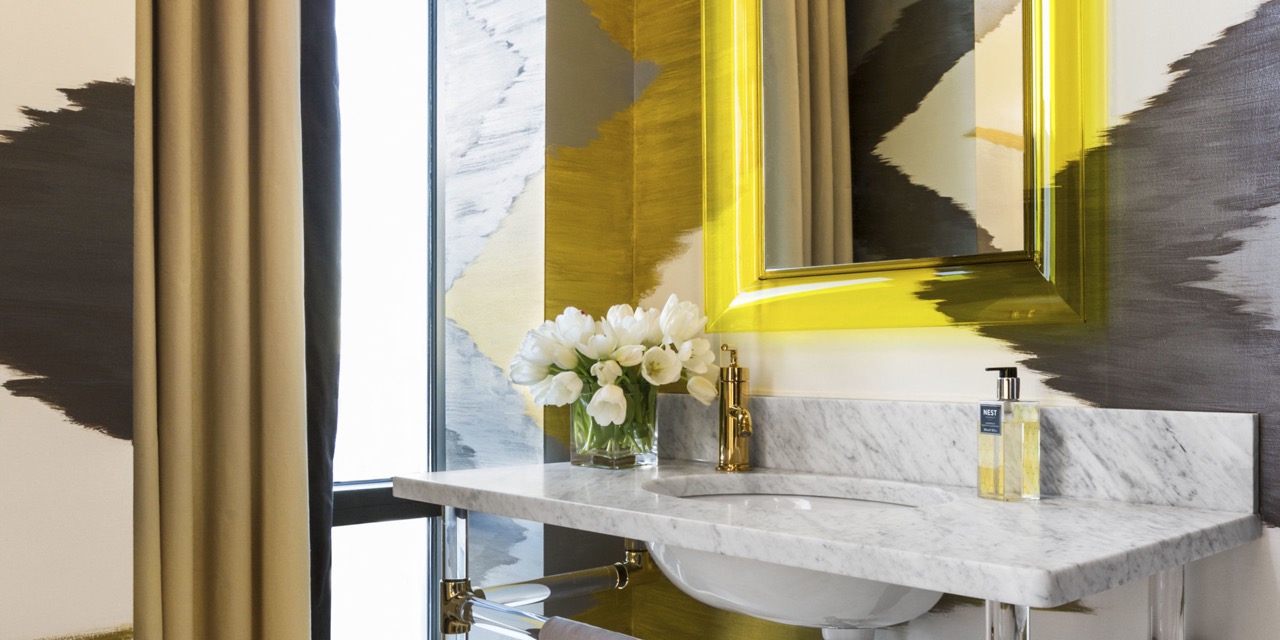
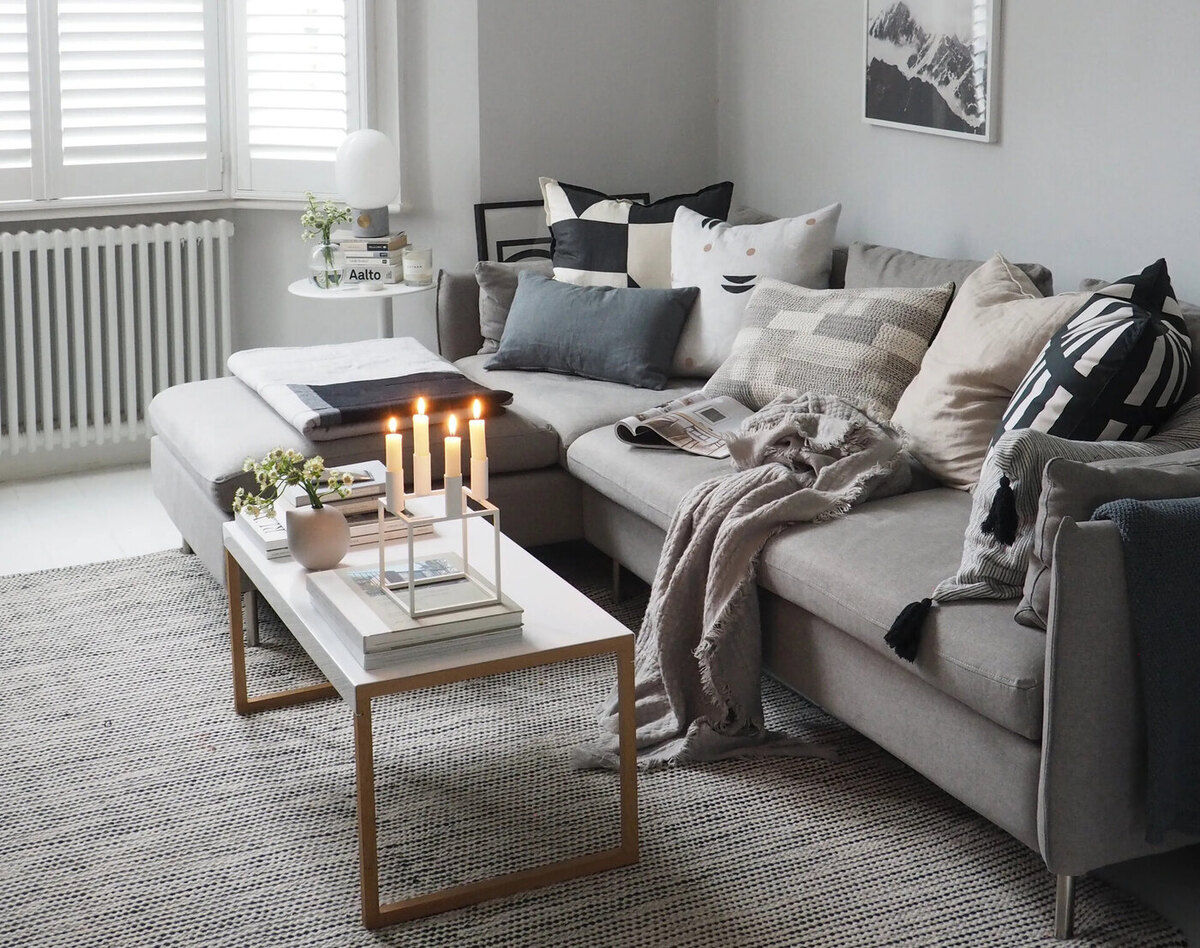
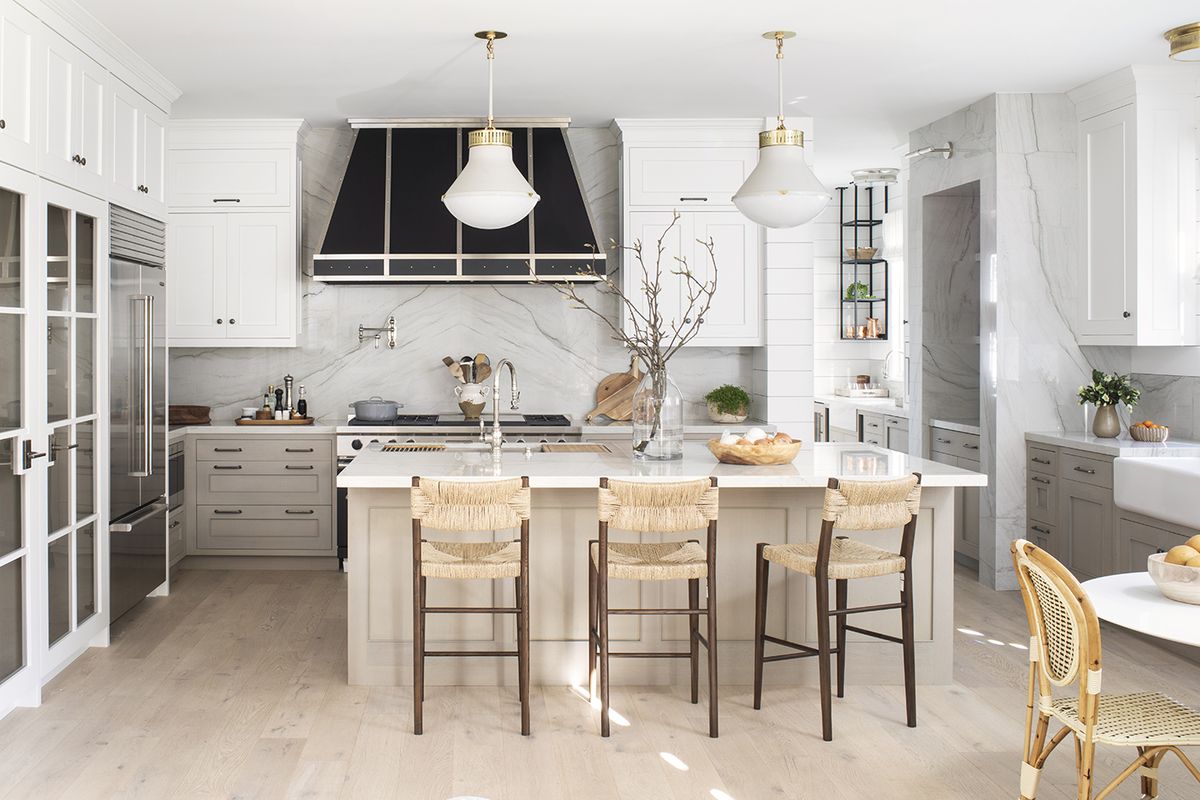
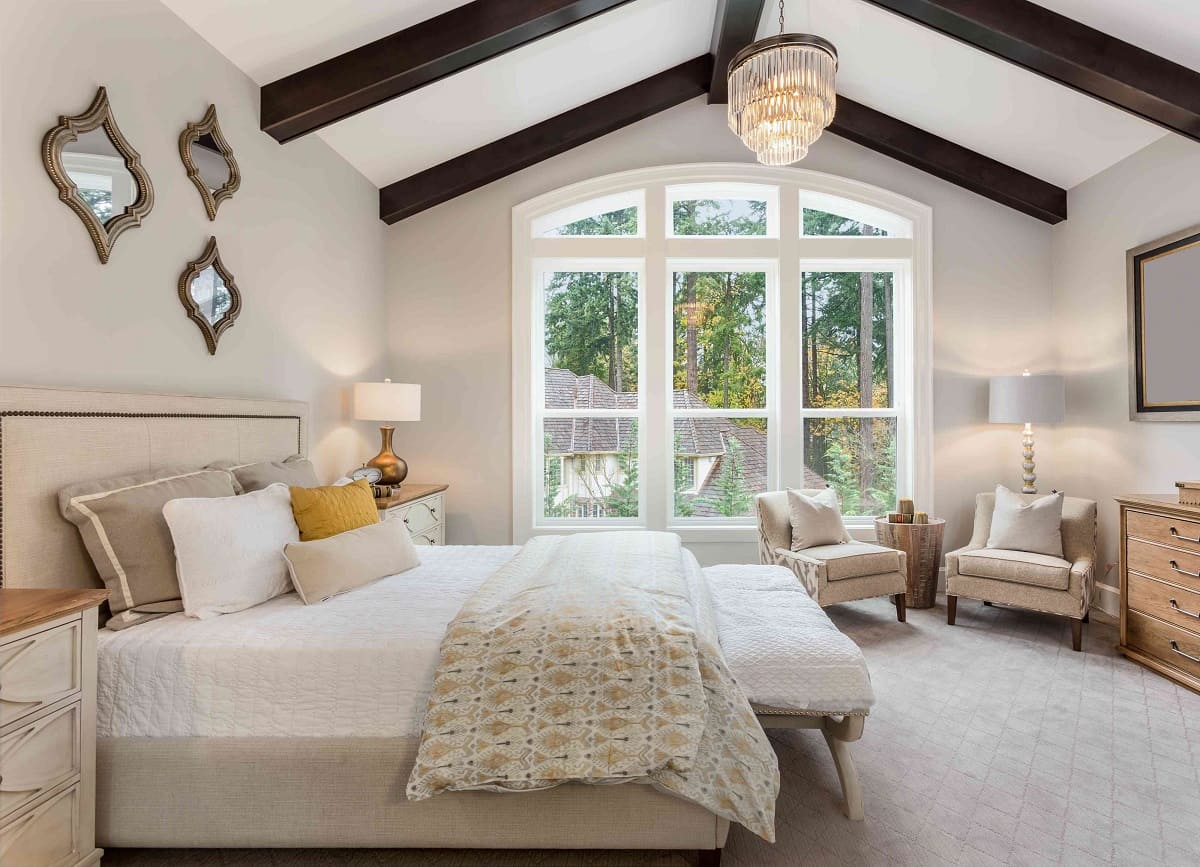
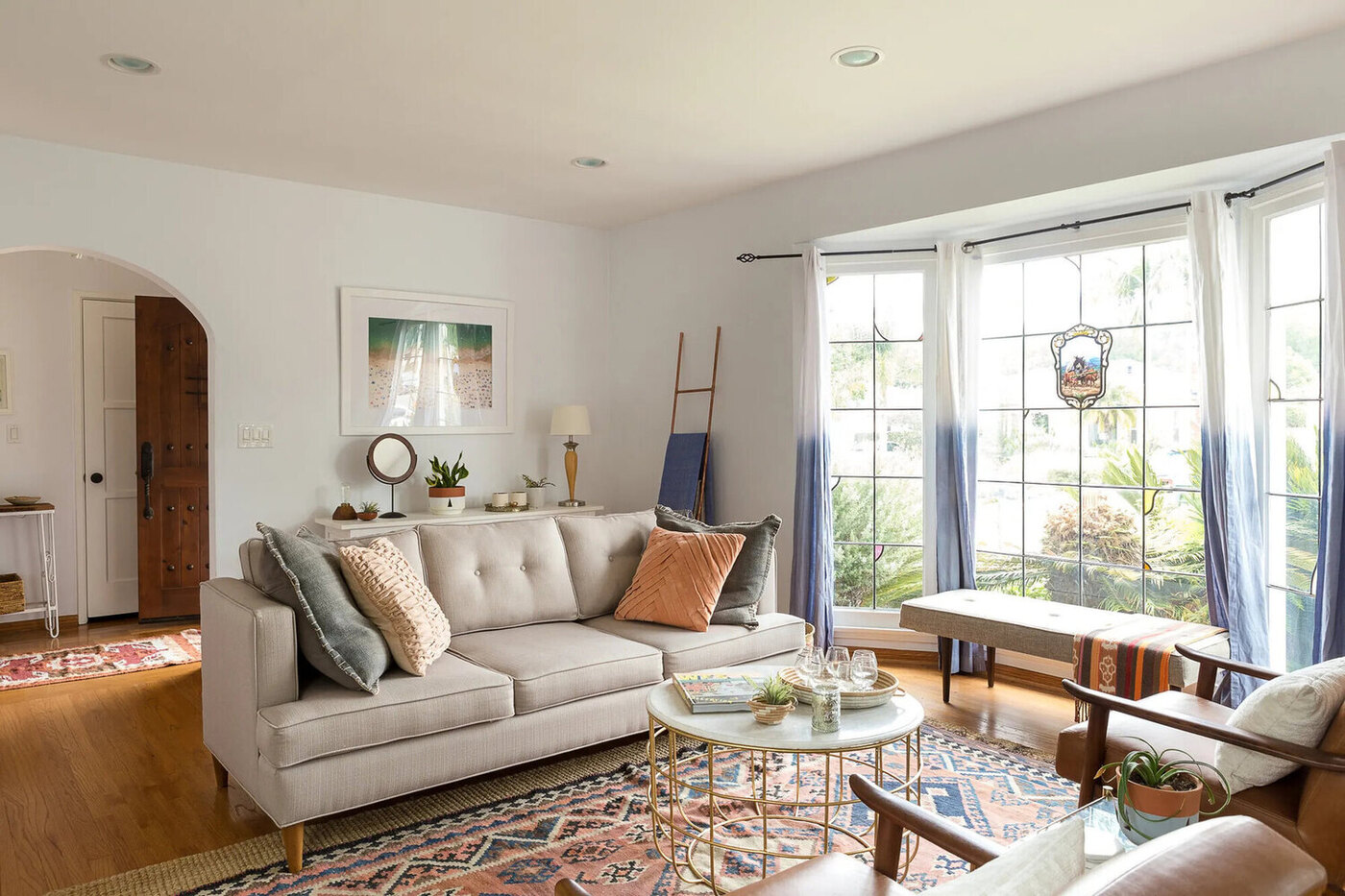
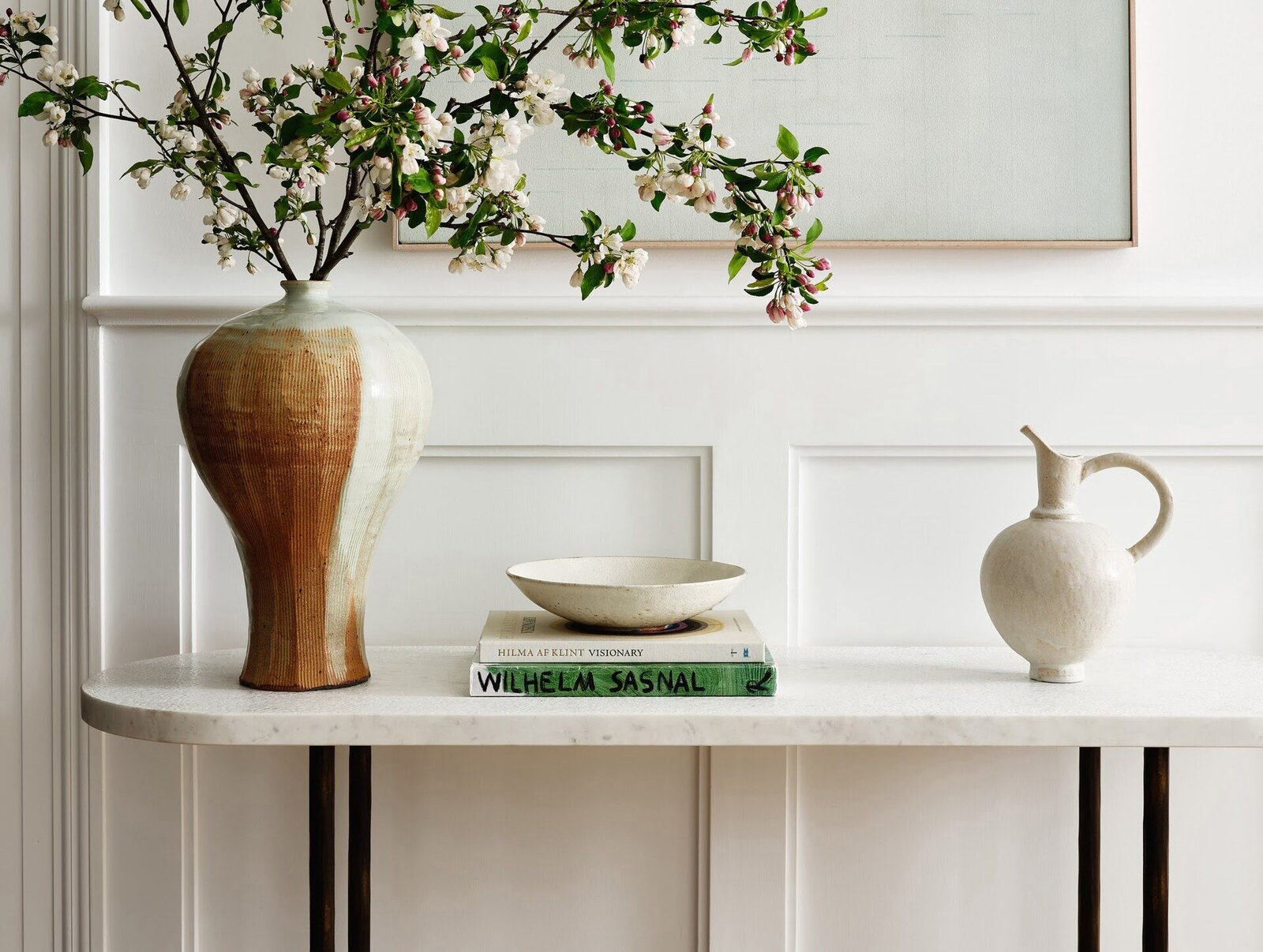
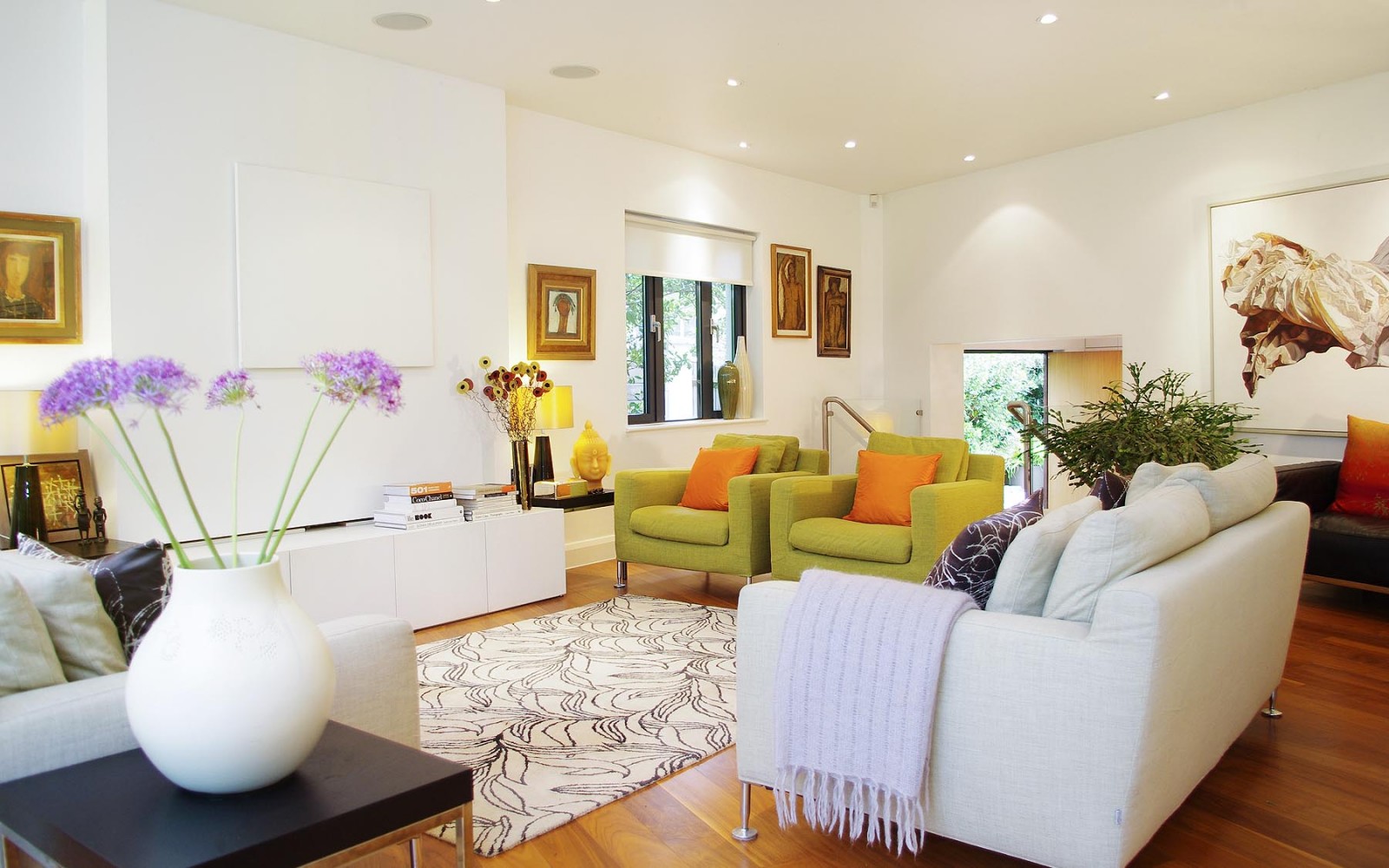
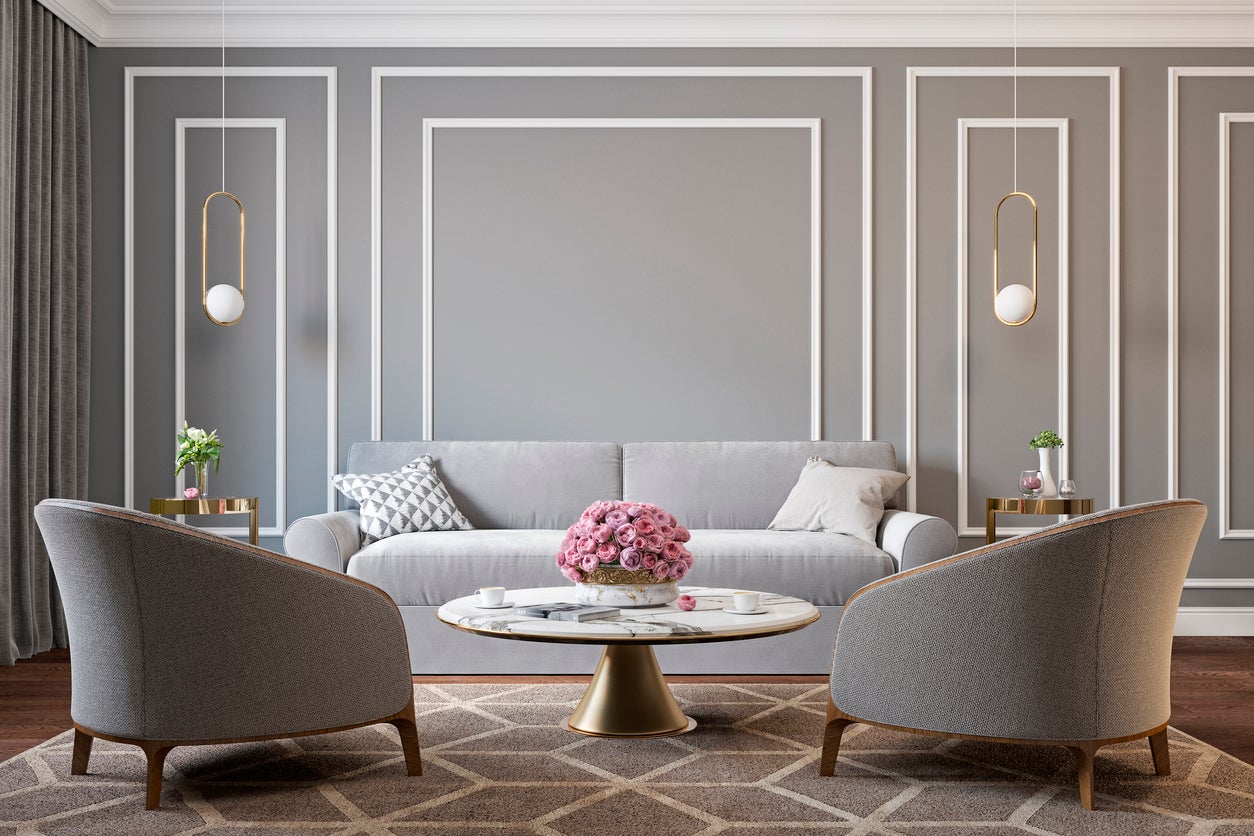

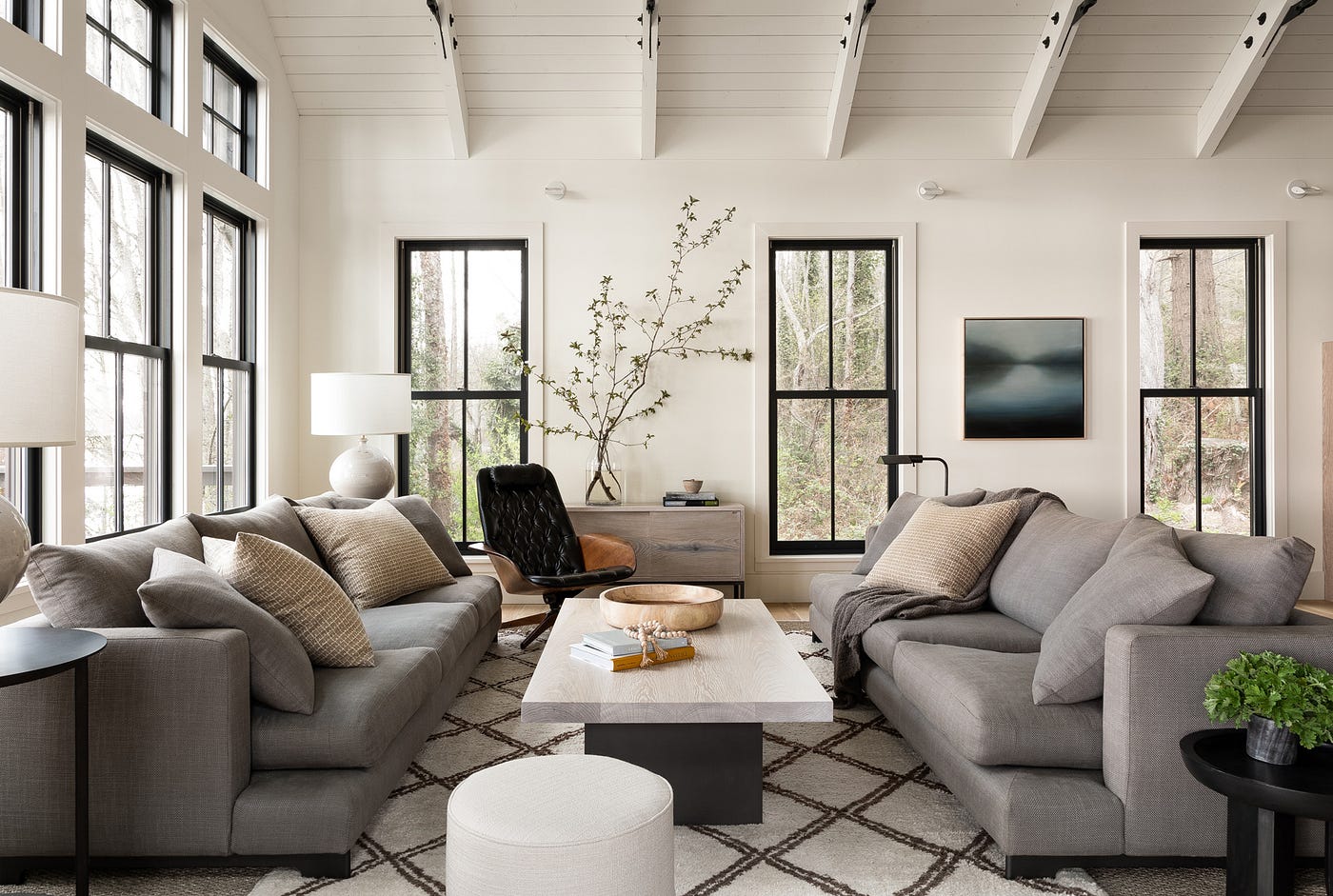
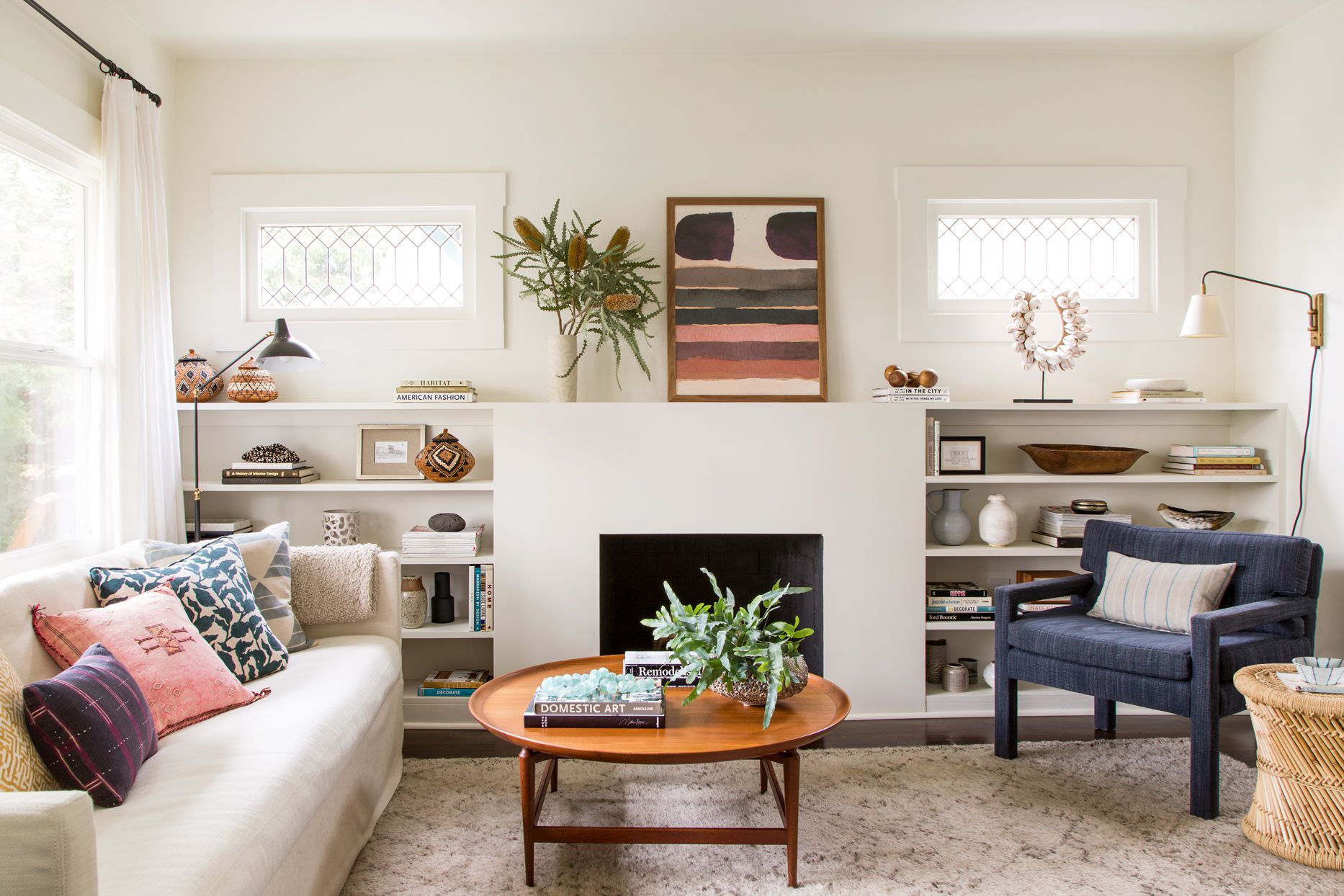
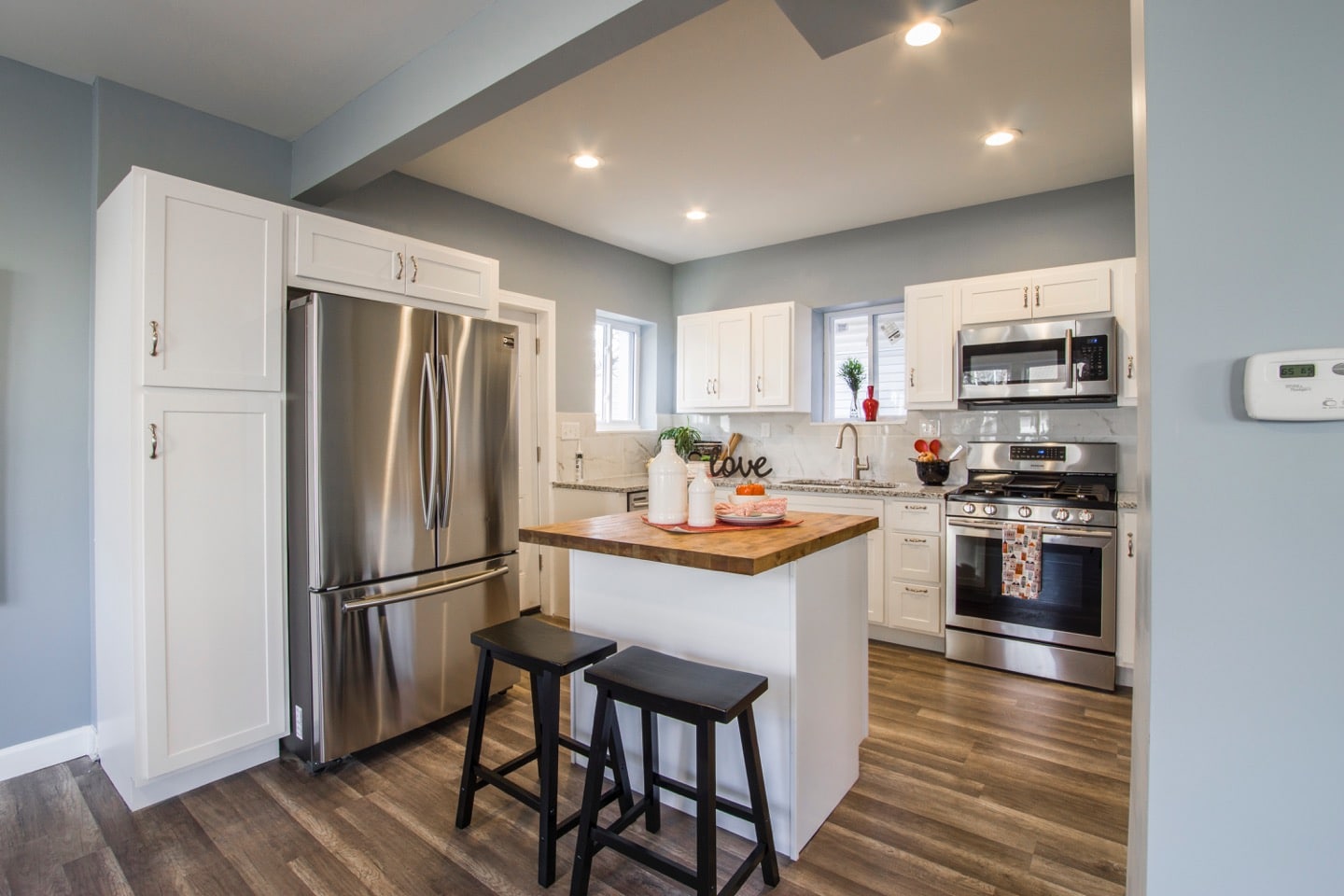


0 thoughts on “How Can I Make My Living Room Look Stylish? Experts Pick Out Key Techniques”